Grinnell's Evolving Libraries
From the College's earliest days, the library has been an important place for study, research, and interaction. While the function has remained the same, the form has changed immensely from those early days. Photos and Captions courtesy of the Grinnell College Archives and Catherine Rod, Special Collections Librarian and Archivist of the College.
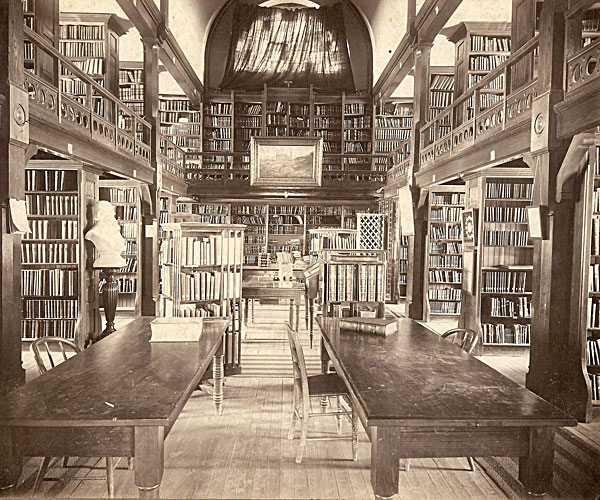
- When Grinnell College rebuilt after the cyclone of 1882, the library was moved into the brand-new Goodnow Hall. Just five years after the cyclone, librarian S.J. Barnes reported that the library was in good condition with more than 12,000 books.
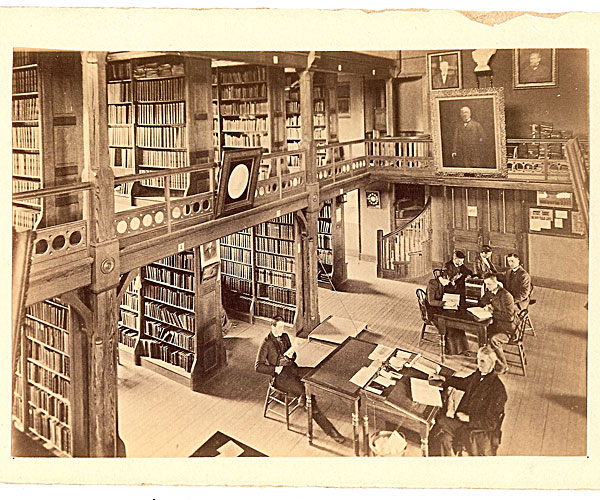
- Is that serious studying going on amongst the library stacks in Goodnow? It certainly appears to be, but librarians then and now can attest to how easily the best of intentions can go awry.
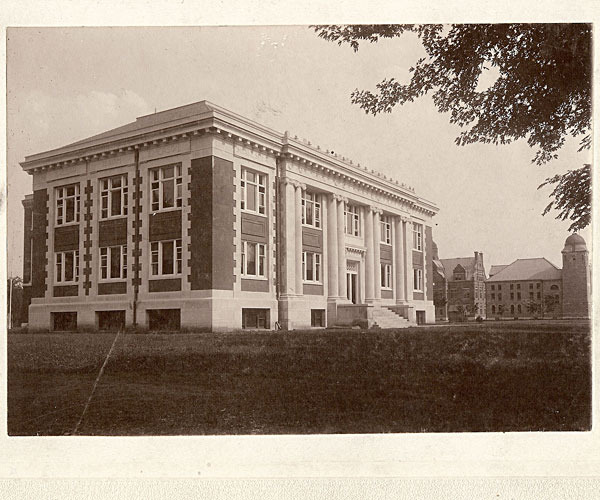
- When Goodnow became too cramped for Grinnell’s library, philanthropist Andrew Carnegie solved the problem by providing funds for a new building. In 1905, Carnegie Library opened its doors from 7:40 a.m. until 9:30 p.m., Monday through Thursday, and until 6 p.m. on Friday and Saturday.
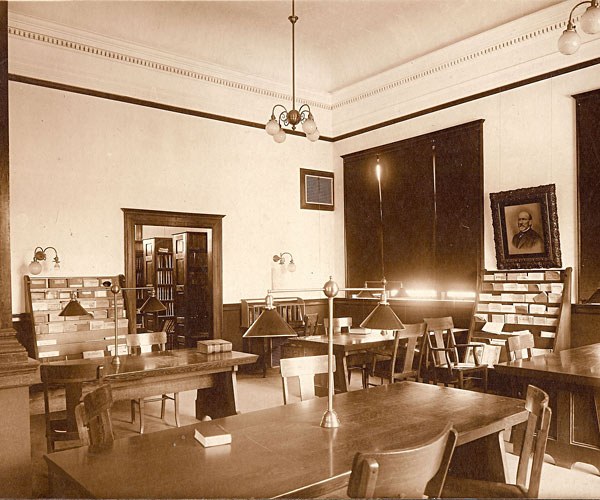
- For more than 50 years, Grinnell students studied, worked, slept, and procrastinated in Carnegie.
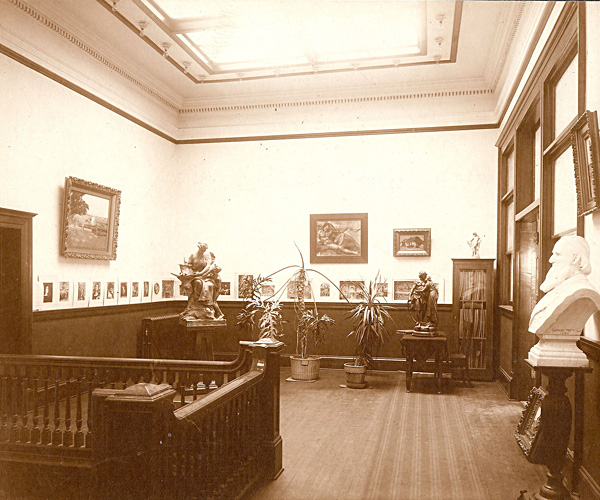
- More than any other facility at Grinnell, Carnegie most closely fits the traditional definition of a library: forests of book stacks held the wisdom of the ages, the central reading room provided study space for a good percentage of the student body, and students checked out materials by signing their name on a circulation card.
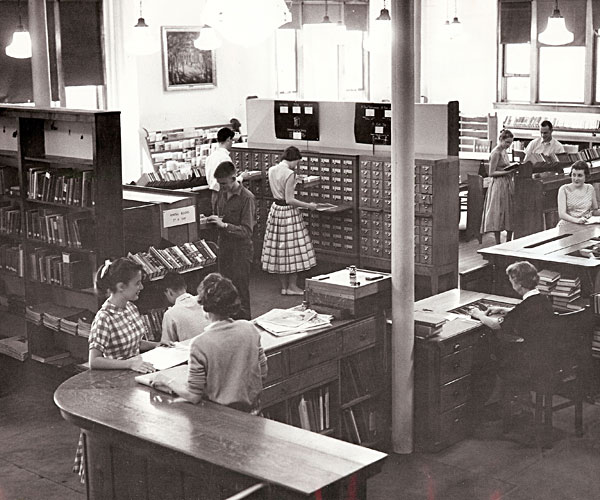
- This 1950s era photo shows Grinnell students still hard at work in Carnegie, then the home of the college library, pursuing a liberal arts education through study, research, and lots of books.
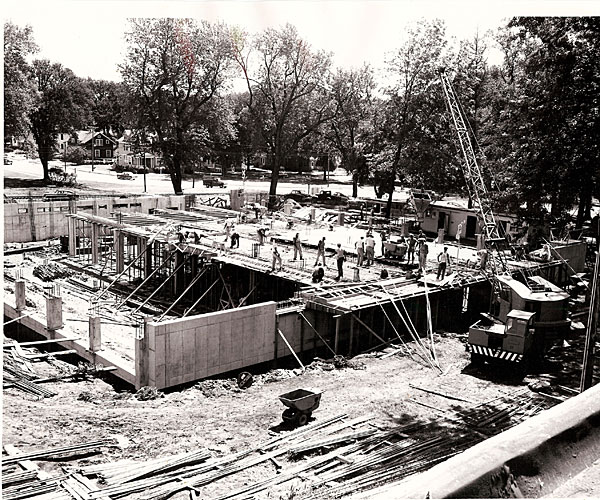
- By the late 1950s, Carnegie was no longer adequate for the College’s needs. A new structure, here under construction, began to take shape on the site of the former Alumni Hall, razed in 1958 to make way for Burling Library.
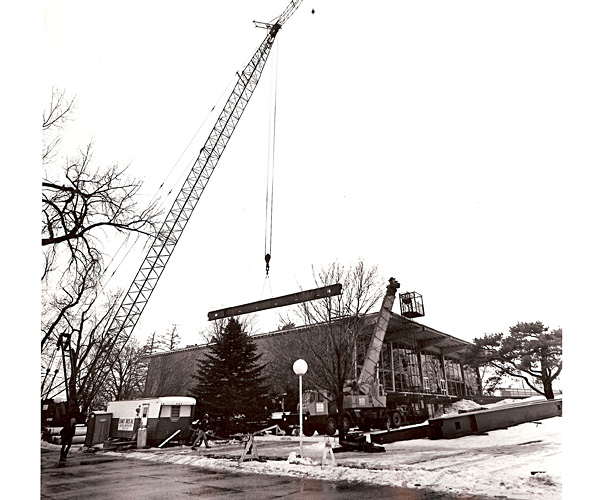
- Though Burling Library provided enough room for the library’s 143,000-volume collection when it opened in 1959, by the early 1980s, renovations were needed to make room for the future.
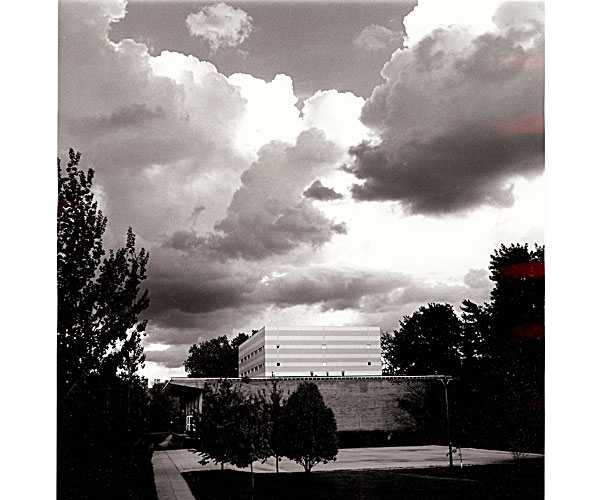
- To allow for library expansion, Burling was capped with a sort of "top hat" addition that pleased few from an aesthetic standpoint. Still, the renovation did earn kudos. Changes made to the interior were so successful, Rolling Stone magazine dubbed Burling "the comfiest library in the country."
